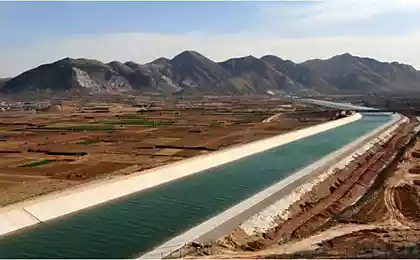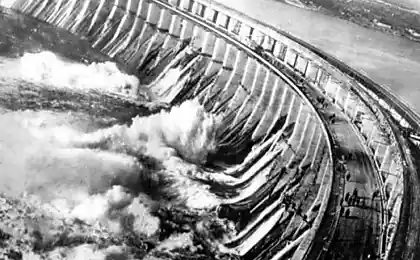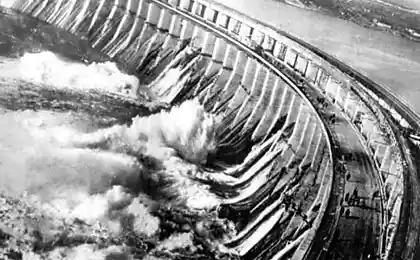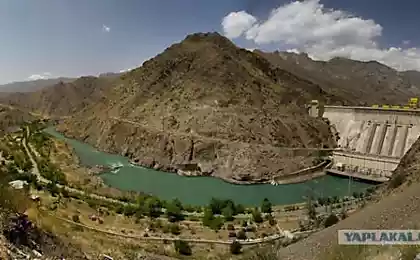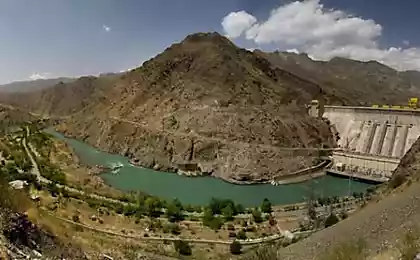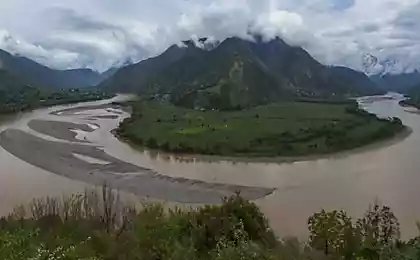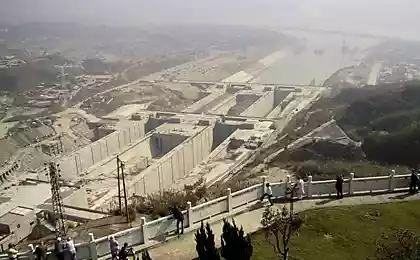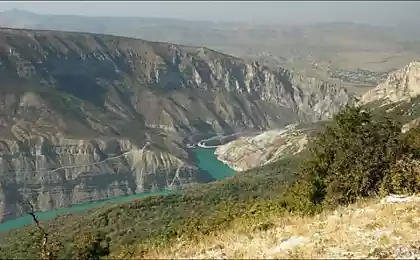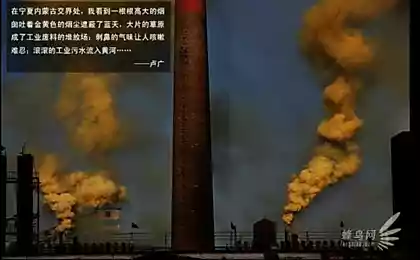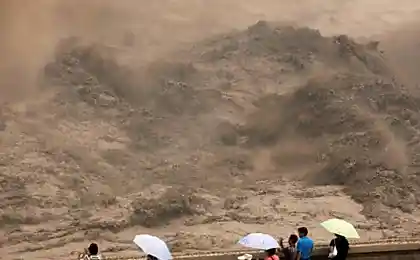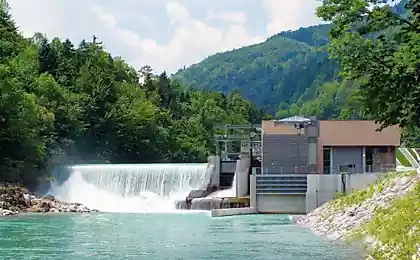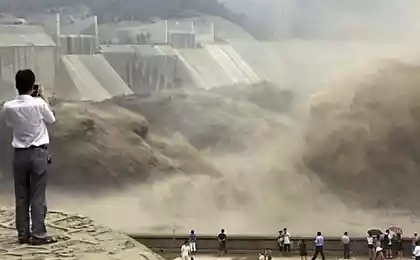1630
The world's largest hydroelectric power plant "Three Gorges": conquest of the Yangtze
At an altitude of 5600 meters, in the depths of the Tibetan Plateau a great way to start your Yangtze River. This important physical (and metaphysical) border divides China to the north and south, in the basin of the river lives a third of the total population, are born Chinese economic miracle. The yellowish brown waters of the Yangtze River July 16, 1966, Chairman Mao made his famous swim, marked the beginning of the Cultural Revolution. Around 2 thousand. Kilometers from the mouth of the Yangtze River breaks Ushanskie mountains, forming the Three Gorges scenic canyons and dropping height from 192 to 40 meters above sea level. It is here in 20 years and $ 26 billion has built the most powerful hydroelectric plant in the world. Onliner.by continues the series of articles devoted to major construction projects in China, and today is about HPP "Three Gorges" - dam supplied the greatest river in Eurasia at the service of humanity.
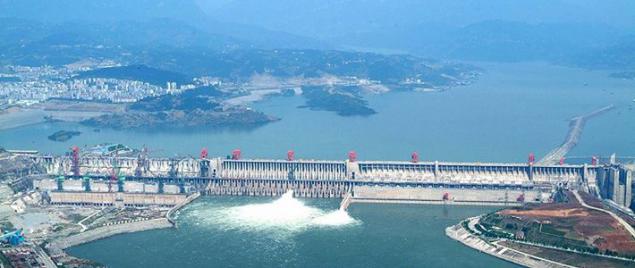
As in the case of the Qinghai-Tibet Railway, the inspirer of grandiose hydraulic structure is a "revolutionary father" of the Chinese nation, Sun Yat-sen. All the same his "Plan for Reconstruction of China" in 1920, he predicted the possibility (and necessity) of construction of the Three Gorges in the canyon (translated as "Three Gorges") hydroelectric capacity of 30 million horsepower. For the practical realization of the ideas could begin only at the end of World War II. In 1944, the KMT government has invited to inspect the canyon outstanding American engineer John Savage, designed, among other things, the famous Hoover Dam in the United States. On the preservation of archival image Savage boat inspecting the place of the future, but it did not happen a great building capitalism.
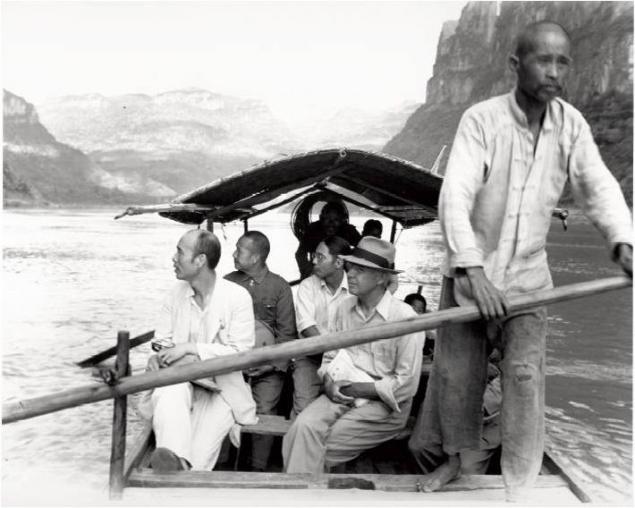
By 1945, Savage even Chiang Kai-shek submitted his project of a giant hydroelectric power station, but he was not destined to become a reality: the country's renewed civil war between the Kuomintang and the Communists led by Mao Zedong.
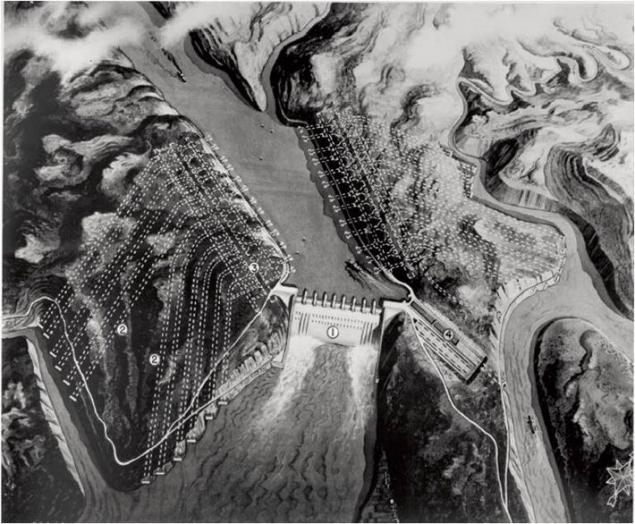
In 1950 the project in the Three Gorges hydroelectric power has returned to the People's Republic of China. Initially, engineers proposed to build on the Yangtze dam height of 235 meters, however, created in this case would require the flooding of the reservoir about half of the megalopolis Chongqing, the demolition of thousands of buildings and the relocation of only the city and its surroundings, about 2 million people. Chairman Mao on such costs was not ready to go and suggested that instead of power plant "Three Gorges" to build a much more modest Gezhouba hydropower plant downstream.
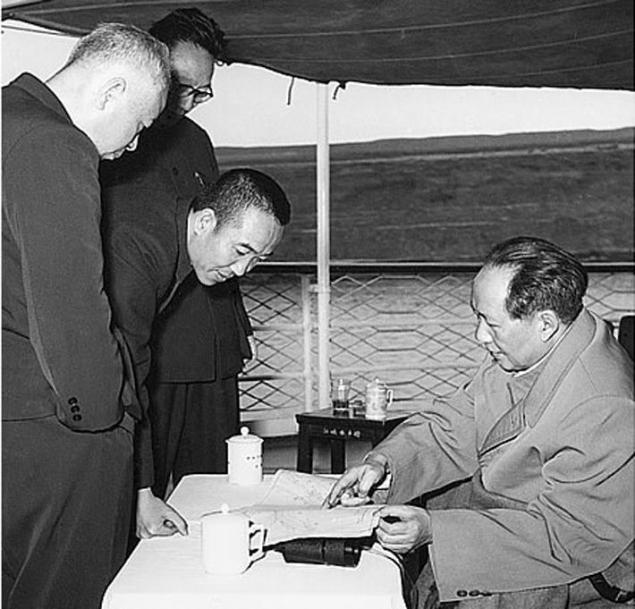
However, and it is not immediately undertaken. At the end of 1950 China had sharply deteriorated relations with the Soviet Union, the Great Helmsman parallel to hit the big jump, fighting sparrows, swim along the Yangtze and the Cultural Revolution. Work on Gezhouba began only in 1970 and stretched for a long 18 years. HPP hydroelectric capacity of 2715 MW surrendered during the 1980s (the last - in 1988) and largely satisfy the needs of the growth rate of the Chinese economy in power in this decade.
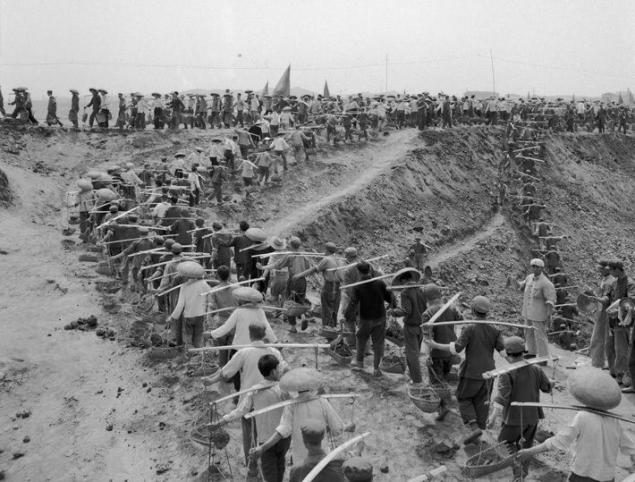
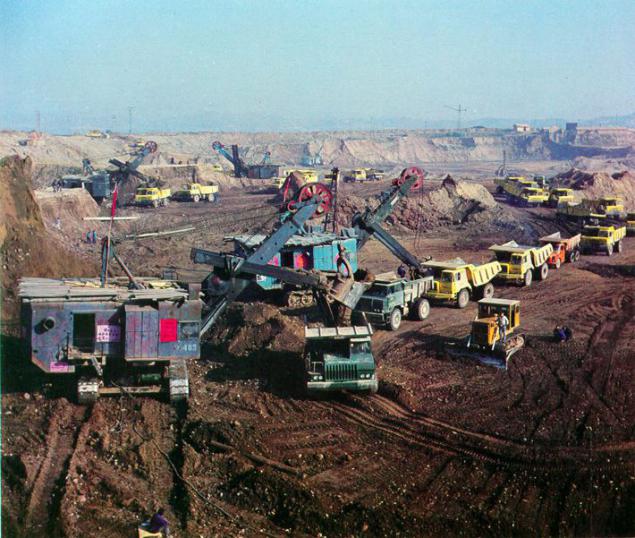
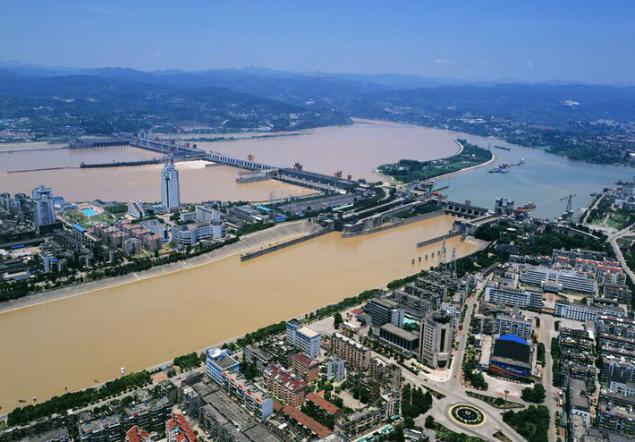
However, being built on the precepts of Deng Xiaoping, the new economy, which started the explosive growth in the late 1980s, we needed more and more power capacity. They requested the scale ultimately could not get the Chinese government to return to the old idea of Sun Yat-sen, and pay their narrowed view of the Three Gorges beauty of the canyon.

Three Gorges - the system of the Three Gorges in Ushanskih mountains, spread over 200 kilometers. Beautiful countryside, beautiful mountain-river landscapes, historical sites crowded - and yet the Yangtze, is extremely inconvenient for shipping here, retarding economic development of the whole region and, at the same time and asking for the construction of hydropower plants. The narrow gorge, and the last major difference in height (from 192 to 40 meters) before going deep river valley to the Great not only allowed to build a hydroelectric power station and hydroelectric colossal proportions.
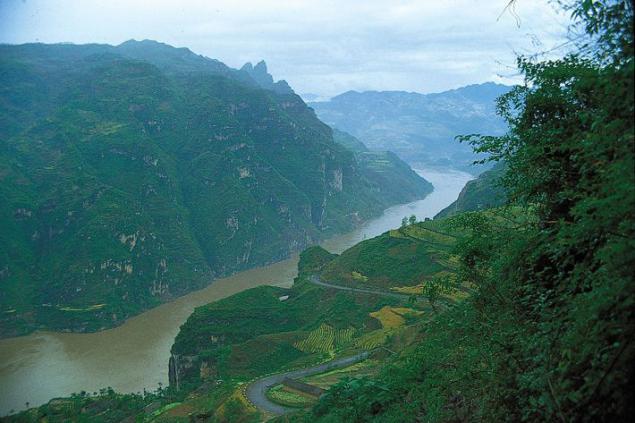
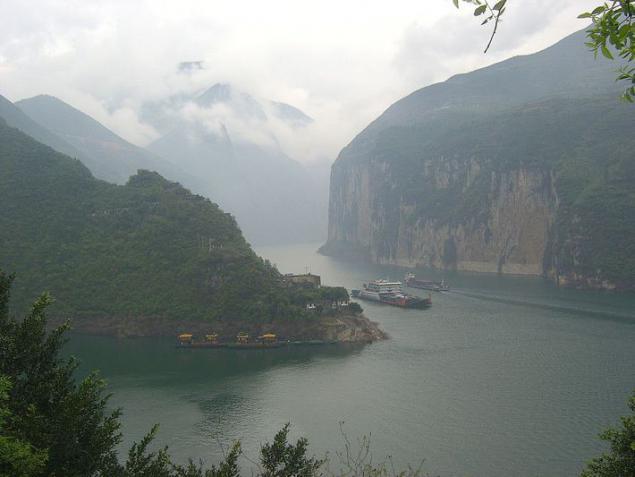
The development of the project it began in the second half of 1980. For the construction of the object has been selected section of the river near the small fishing village of sandouping about halfway between the cities of Chongqing and Wuhan.
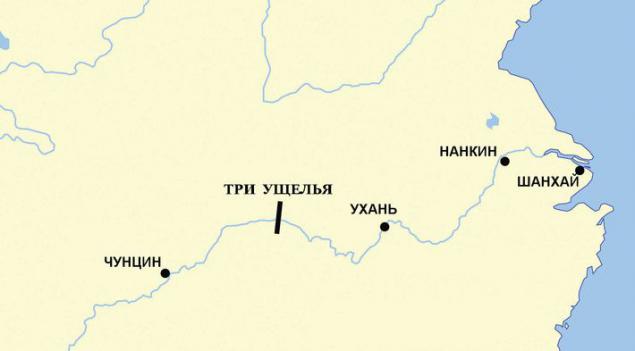
So this place looked before the start of the grandiose construction works.
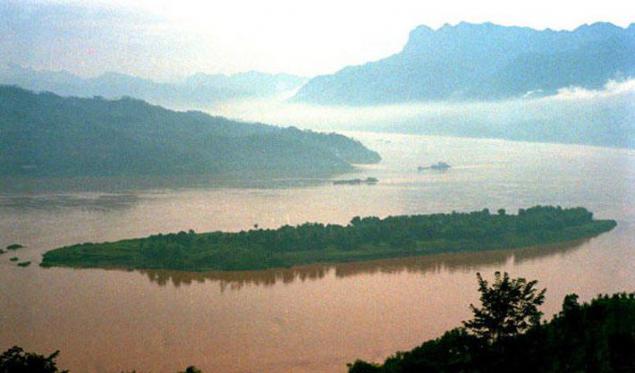
In 1992 began the preparatory stage: the construction of infrastructure (roads, power lines), the preparation of the bed of the reservoir (mainly deforestation in the flood zone) and probably the most important and painful at the household level - the relocation of people, a traditional problem for all hydropower plants in more or less populated areas. For the construction of the object of such magnitude as in the Three Gorges will eventually relocated 1, 23 million people - a figure that affects his true Chinese scale. There have been resettled (fully or partially), even two small city. For example, look Vansyan.
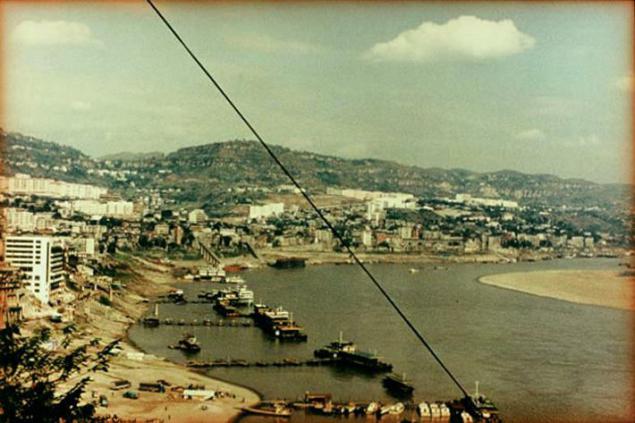
The black line on the old image of the city shows the level of the water after the flooding.
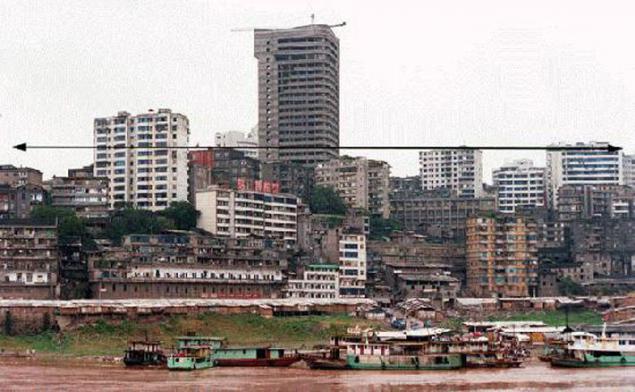
Underwater ghost towns, of course, is not here, all the buildings were dismantled before the formation of the reservoir, as it represents a serious danger for the future of navigation.
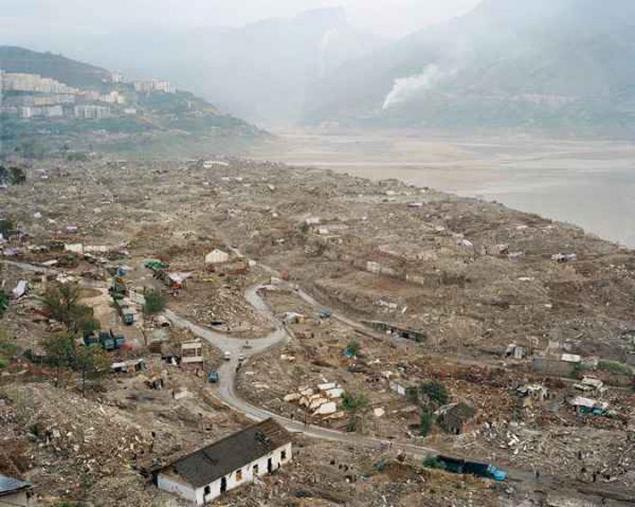
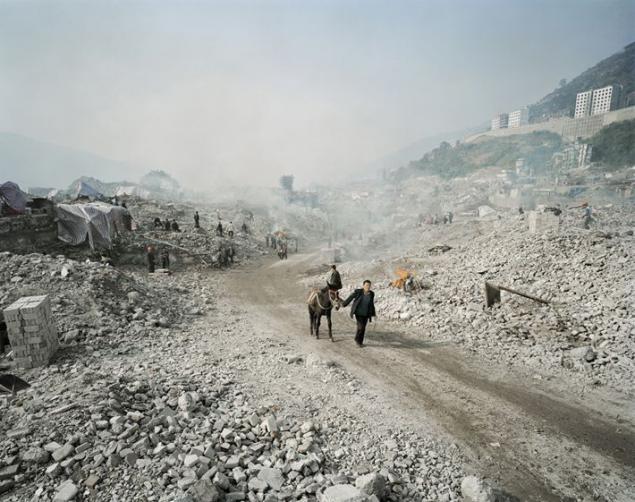
It was - it became.

For immigrants were built new housing, including in the area of sandouping from the fishing village became a city first builders, and later engineers. Houses, like standing on a high hill, actually placed on the waterfront of the future reservoir is half-empty.

Now, the river is an artificial lake.
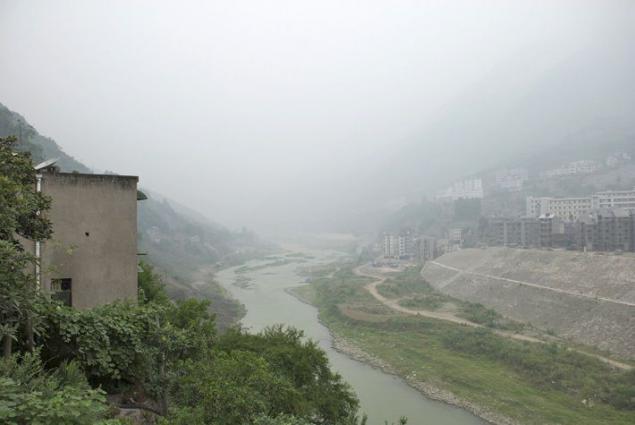
By 1994, the preparatory work has been completed. May 14 began the actual construction of the main element of the future hydroelectric power station - the concrete dam. In the series of images below shows how to start the builders arrange an earthen bridge to include a natural island in the Yangtze.
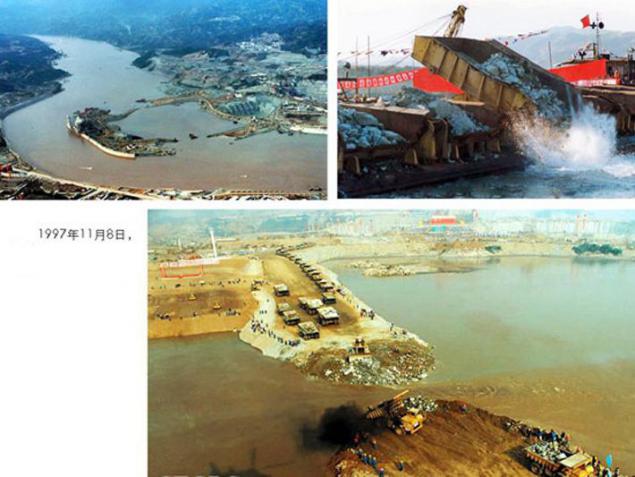
After three and a half years, 8 November 1997, the Yangtze was blocked.
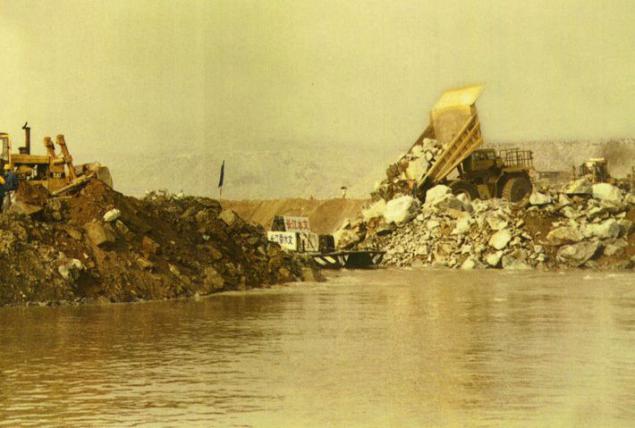
Chinese engineers blocked the largest Eurasian river concrete dam length of 2309 meters and a height of 185 meters. The height has been reduced by 50 meters compared with the originally scheduled in 1950, which allowed the reservoir to arrange smaller and abandon flooded Chongqing. Its construction - is traditionally the longest stage of the construction of any hydraulic structure - in the case of the "Three Gorges" lasted 13 years, until 2006.
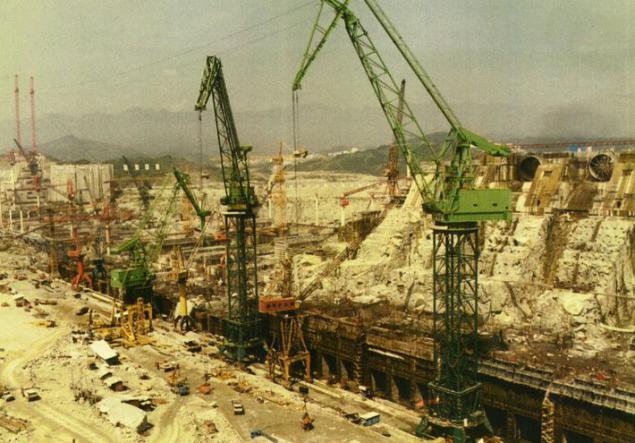
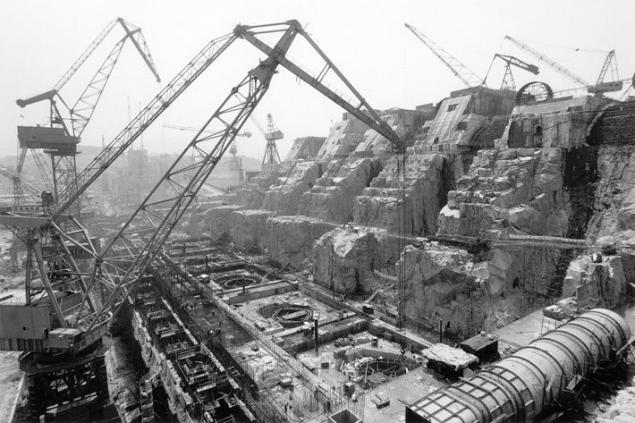
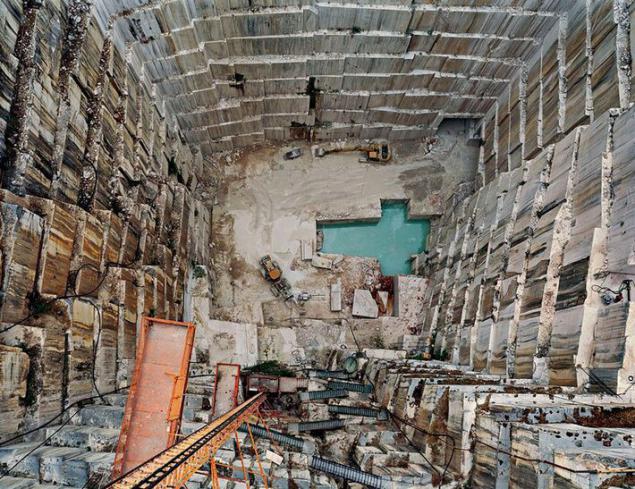
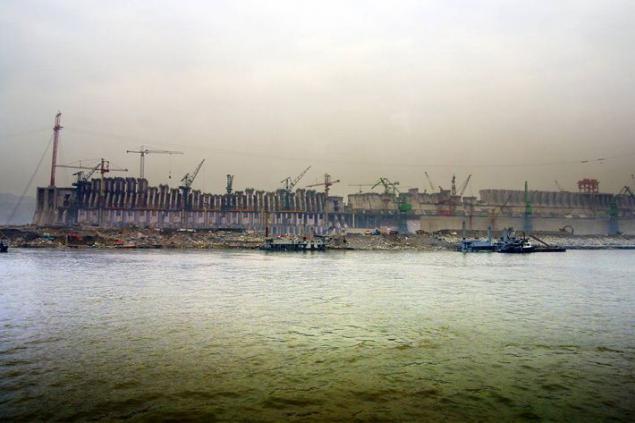
Simultaneously were building other facilities of the complex. 32 hydroelectric power accommodate different in the same building, as it often happens, and in three separate buildings, including one underground. Their total installed capacity was fantastic figure of 22 500 MW, far surpassing the previous record holder - the Brazilian-Paraguayan hydroelectric transboundary "Itaipu" in the Paraná ("only" 14 000 MW). For comparison, the largest hydroelectric power of the former Soviet Union - the infamous power plant in Russia - is only 6400 MW.
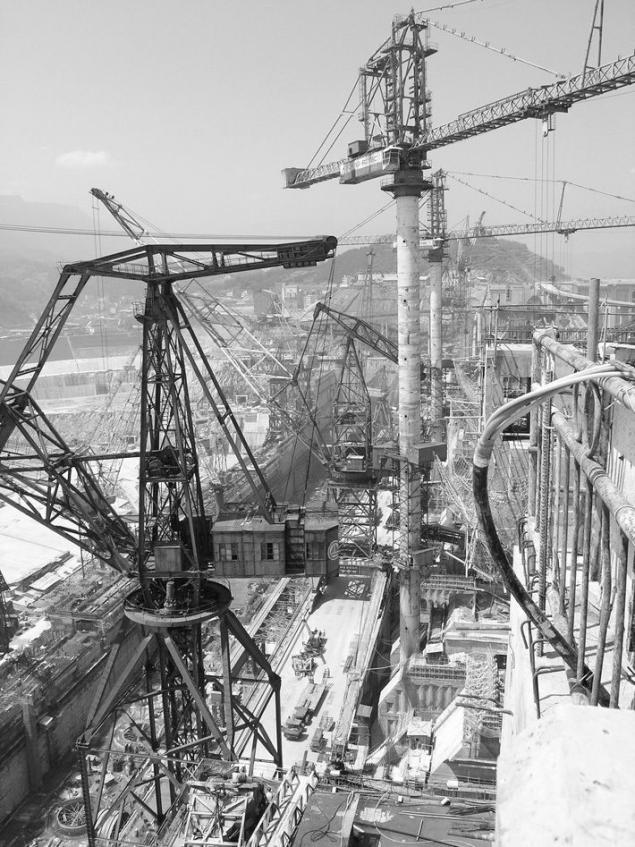
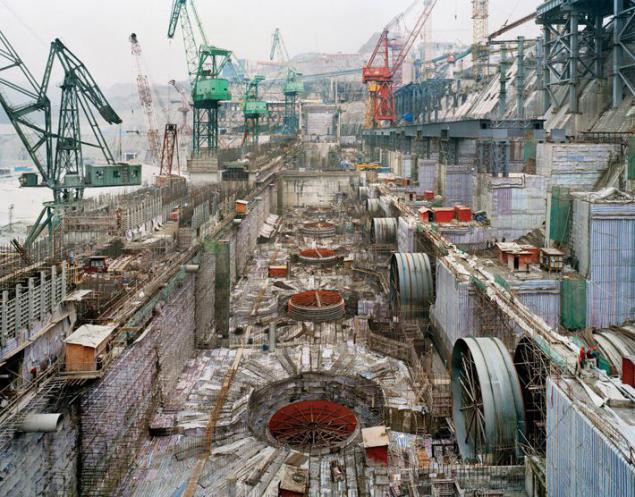
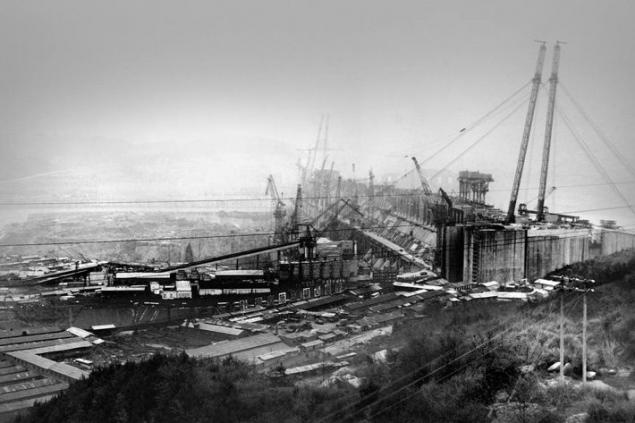
In order to navigate through the complex "Three Gorges" were built and two lines pyatikamernyh gateways. One of the main advantages of the station, in addition to its generated billions of kilowatt-hours of electricity is a significant simplification of the navigation in the "Three Gorges". Previously, their narrow canyons were able to overcome only a relatively small boats, after filling the reservoir wide (and deep) road from Shanghai to Chongqing itself (as much as 2400 kilometers) became available for ships with a displacement of up to 10 ths. Tons.
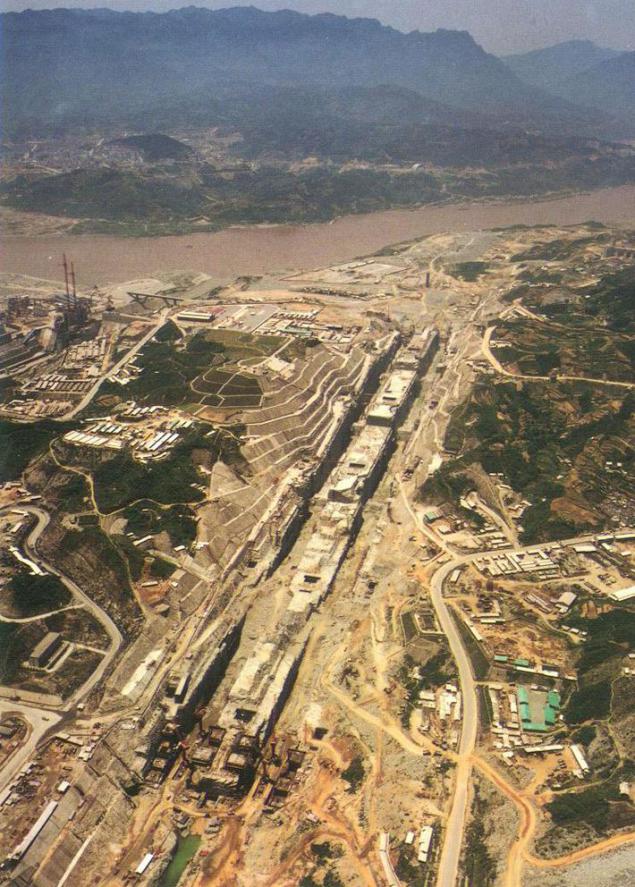
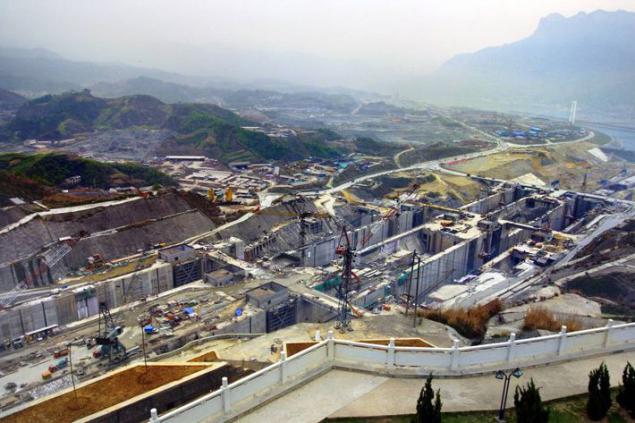
Cargo turnover at the station has grown many times - from 18 to 70 million tons per year, and in the future and could reach 100 million tons, with the cost and speed of transport decreased significantly. All five cameras gateway "Three Gorges" are overcome by an average of 4 hours.
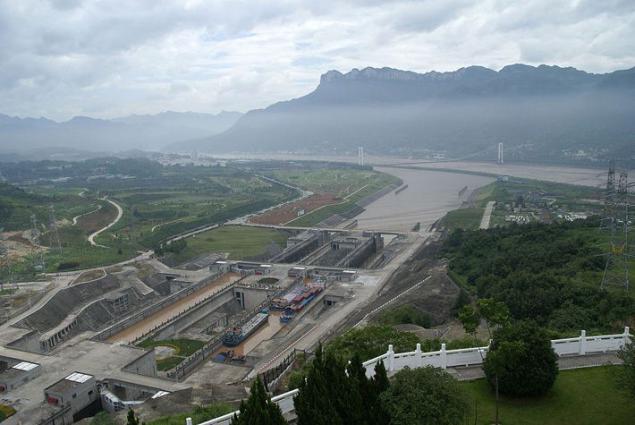
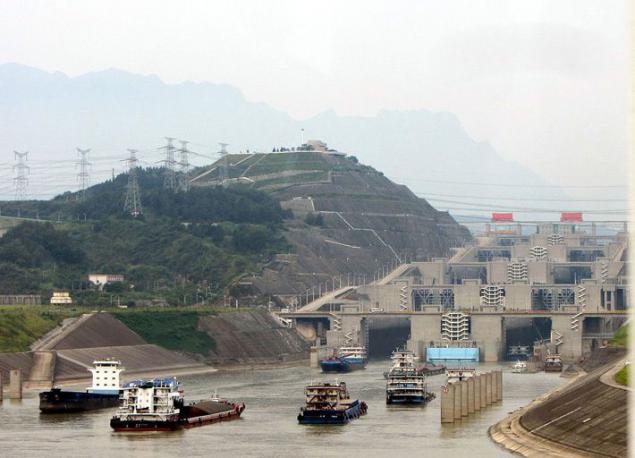
In total from the beginning of the preparatory period before entering the last hydraulic unit into operation 20 years have passed. Turning more intense activity in 1992, HES was inaugurated in full July 4, 2012. Dates only seem to tightened known for its rapid pace of construction in China. Where large-scale hydroelectric power less "Itaipu" was built nearly 30 years, and the same Sayano-Shushenskaya GES - and at 37 years old. Hydroelectric power plants - one of the largest and most complex man-made objects on the ground, but here the Chinese are ahead of the entire planet by building a hydroelectric power station in record champion as soon as possible.
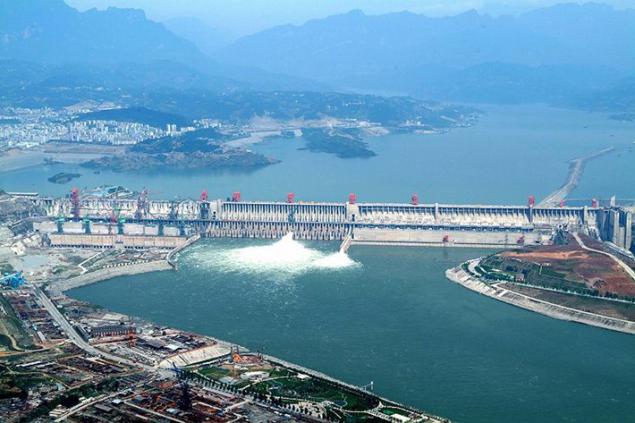
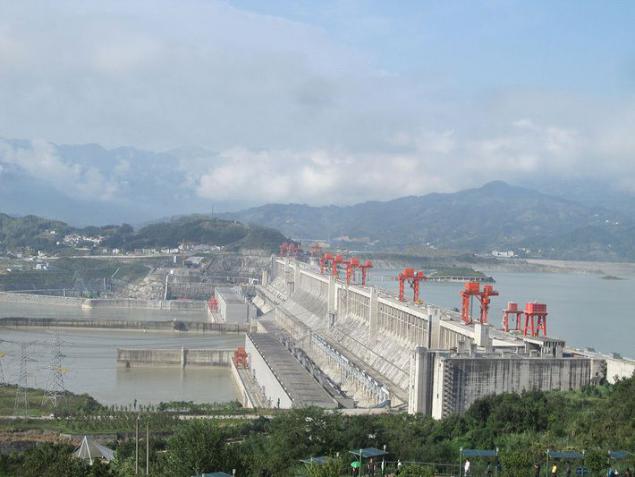
During these two decades has been moved 103 million cubic meters of soil, laid on 27, 2 million cubic meters of concrete and spent 463 thousand. Tonnes of steel (of which the Chinese could, if desired, to build 63 full-size replica of the Eiffel Tower for its ghost towns). The final budget was $ 22, 5 billion, and only a third of that money has been spent directly on the construction of the station complex and has about the same - on the resettlement program people from the flooded area.
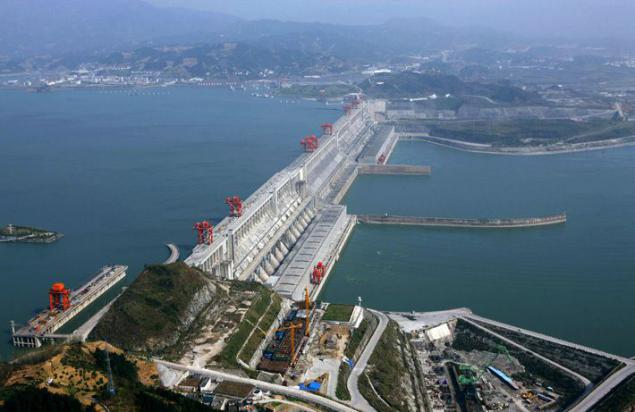
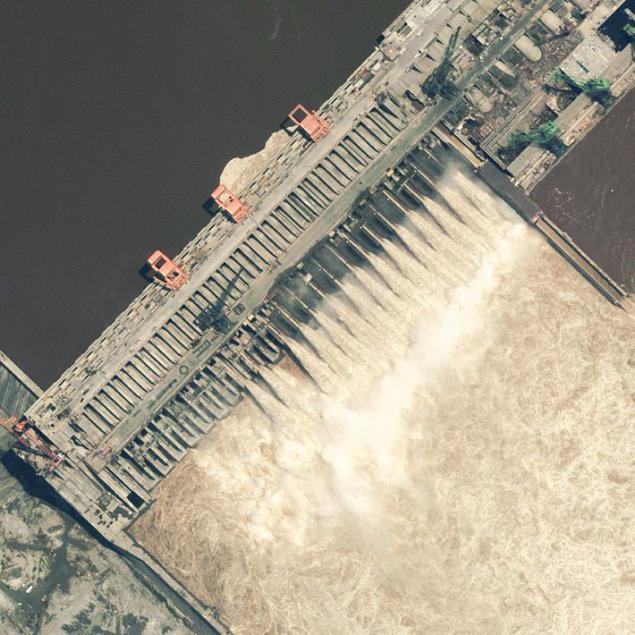
Sun Yat-sen appeared visionary. Not that he's built it to them in this area, but even the power of the "Three Gorges", ironically, was almost the most desirable way in 1920 to 30 million horsepower.
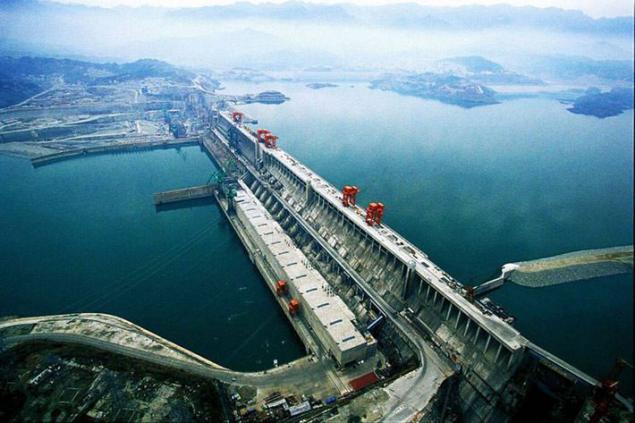
They get these very cheap and, more importantly, renewable horsepower conventional hydroelectric means. Yellow-brown waters of the Yangtze through the penstock hit the giant blades of the turbines, located in three computer rooms HPP, unwind them, thereby drives a generator, producing cherished billion kilowatt-hours. According to experts, the relative cheapness of the construction allows to recoup "Three Gorges" in just 10-odd years - an insignificant period for the object of this scale.
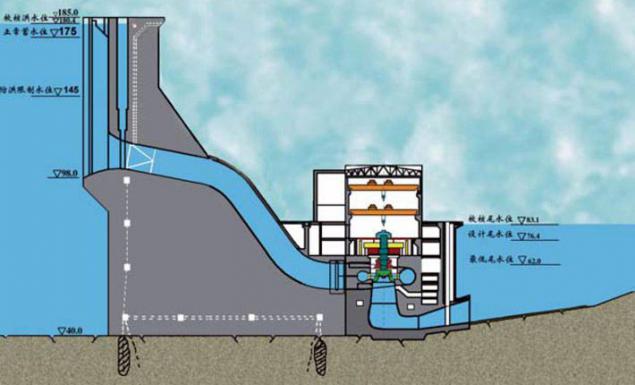
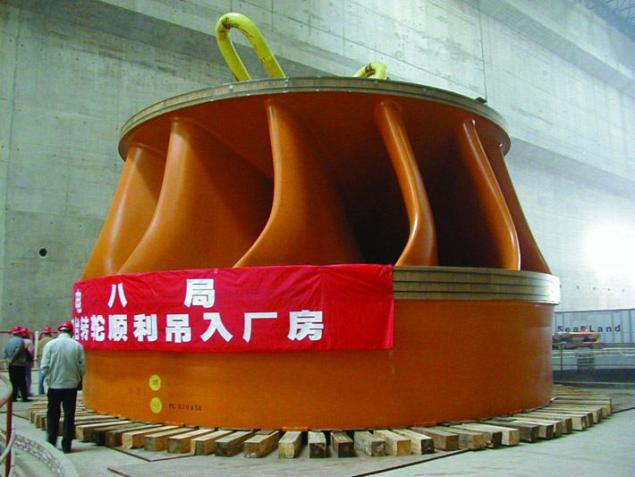
For the descent of excess water that accumulates in the reservoir, for example during floods, it is a special spillway in the case of the "Three Gorges" has a capacity of 116 thousand. Cubic meters per second. Working spillway - always a spectacular sight for tourists.
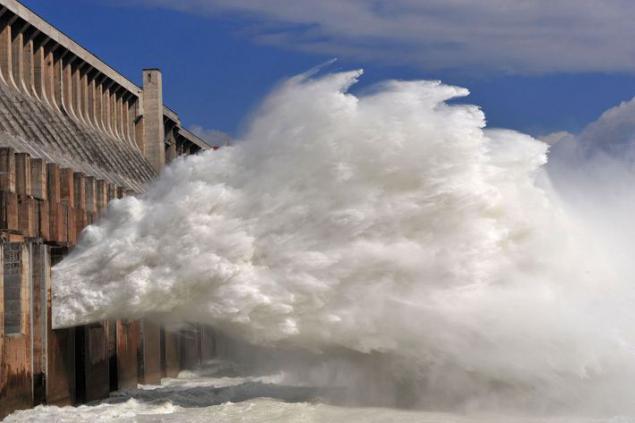
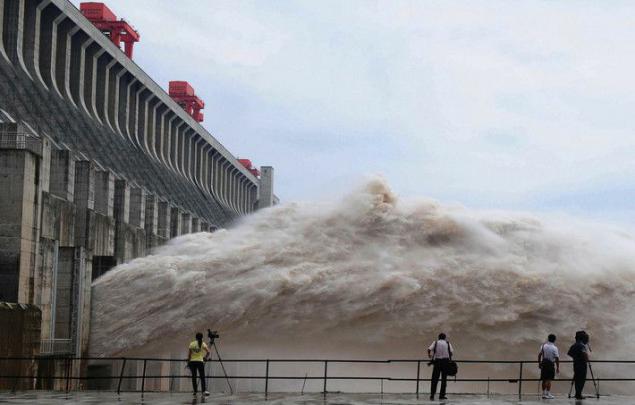
However, along with the usual advantages for HPP at the "Three Gorges" there are just as typical disadvantages of hydroelectric power plants, coupled with its cyclopean size. In addition to the moral and material losses and anguish associated with the relocation of huge masses of people with generations of their homes, to sacrifice technical and economic progress were brought nearly 28 thousand. Hectares of agricultural land - resource in China is particularly valuable, however it was at the bottom of the reservoir an area of 1045 square kilometers and a length of 660 kilometers.
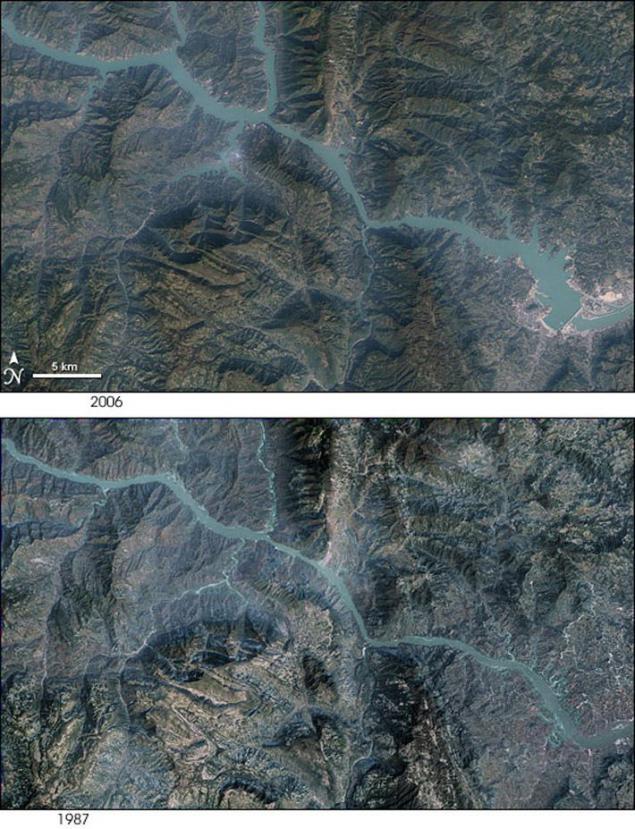
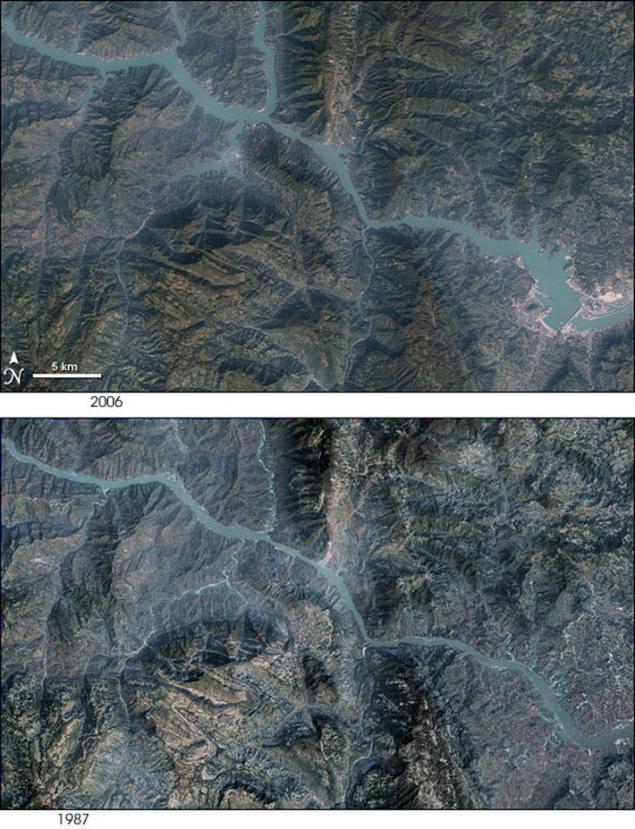
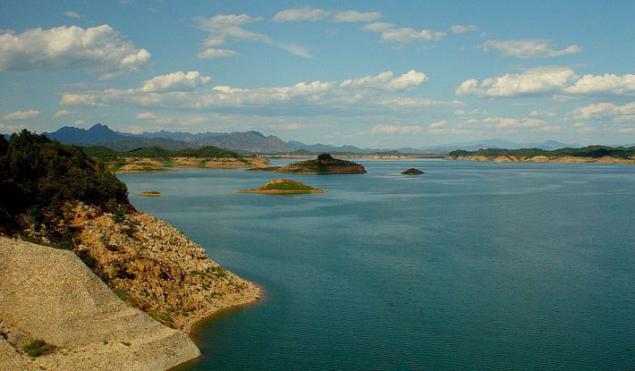
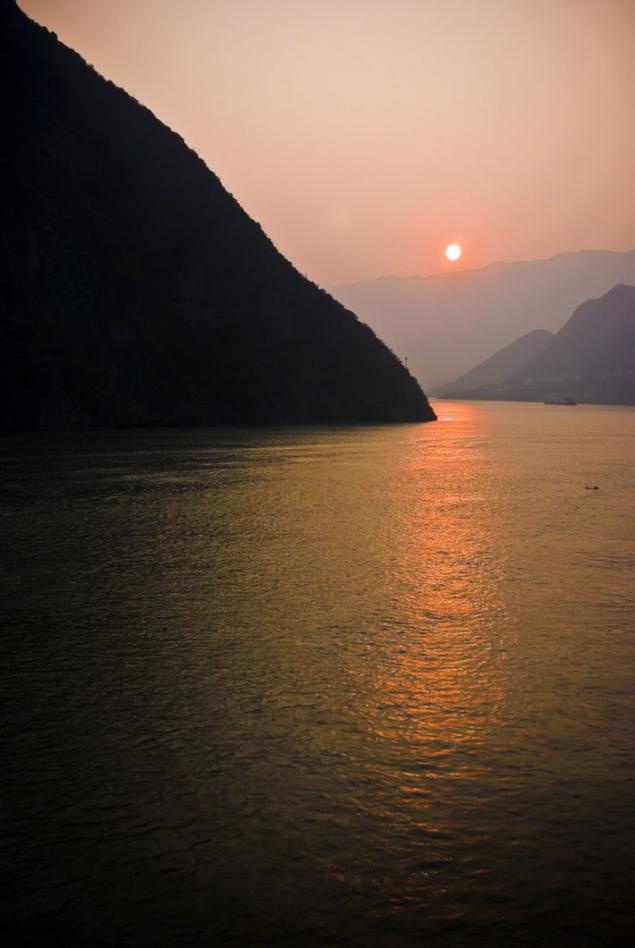
Traditionally, environmentalists are sounding the alarm, suffering because of the mass felling of trees, and fearing the disappearance of rare species of animals. Historians worry about submerged archaeological sites canyon Three Gorges, geographers predict flooding downstream hydroelectric giant because of the substantial changes in hydrological regime of the river. Like, before systematically eroded bank of the Yangtze River, taking with him to the East China Sea, millions of tons of various sediments, but now they will accumulate, which threatens the neighboring farmers to unpredictable consequences.
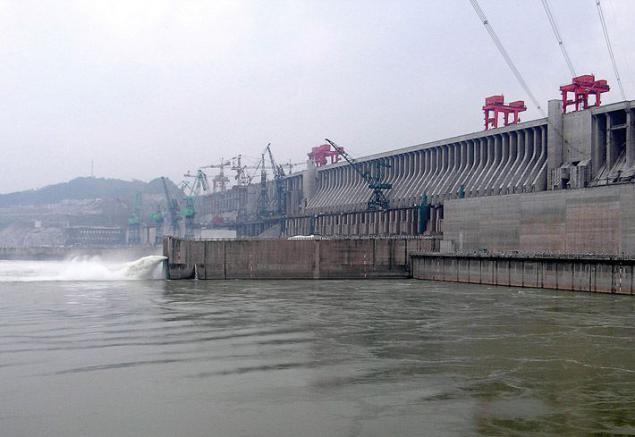
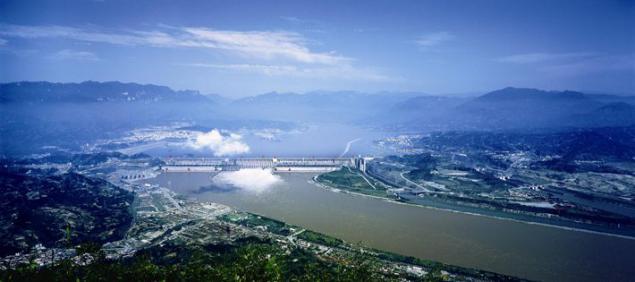
But this would be a disaster, of course, break the dam. 22 cubic kilometers of water accumulated in the reservoir and for traditional Chinese population density along the flat part of the river - two factors potentially possible, although extremely unlikely cataclysm, even though the conditions are not very good, but a seismic zone Ushanskih mountains.
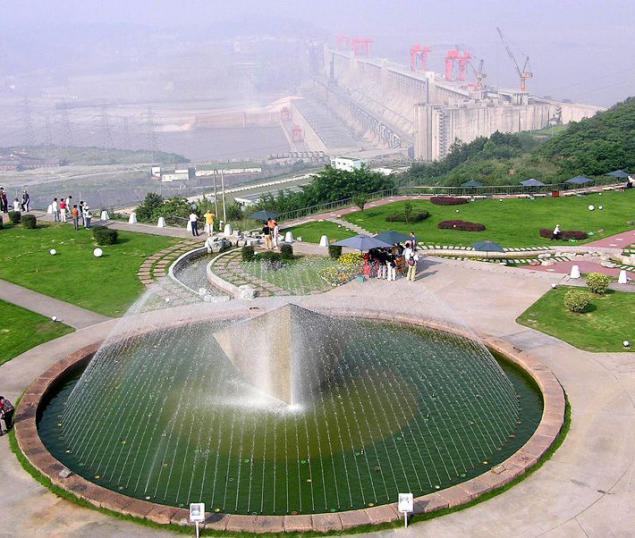
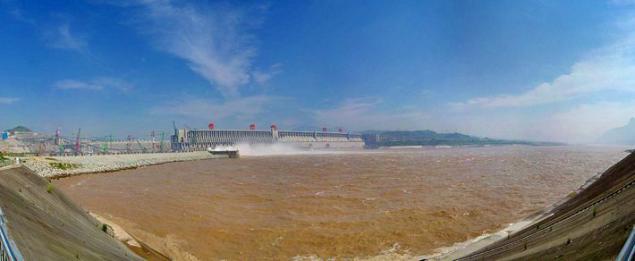
Nevertheless, even skeptics have to admit that the active development of alternative power industry in China have not. The economy continues to require energy cheap and infinitely desirable. By 2020, the 25 largest hydroelectric of the world 10 are Chinese, with 6 out of the dozens currently still under construction. The industry in the region, "Three Gorges" brought precious kilowatt hours, hundreds of thousands of local people - work and millions of tourists - enjoy the grand creations of humanity, not only tired endlessly looking at running water, but also reap the direct benefit for himself .
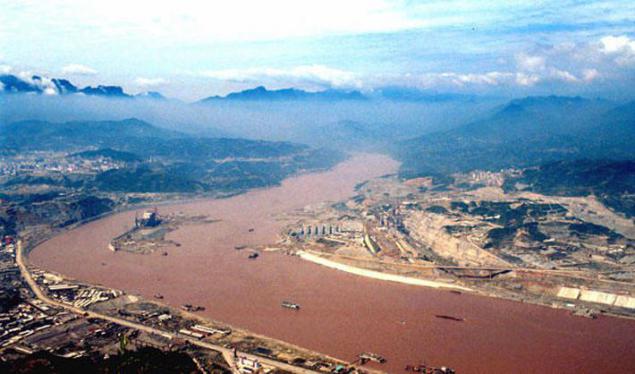
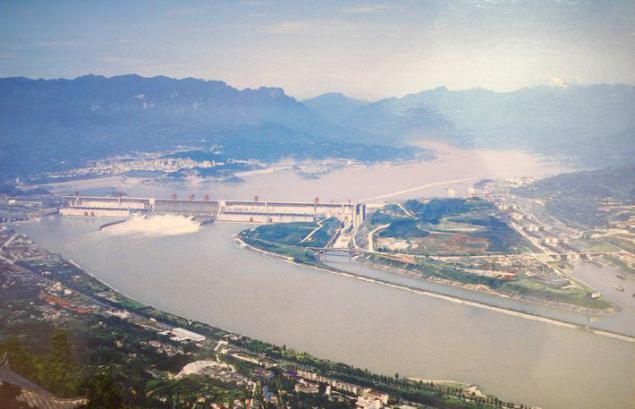
Source: realt.onliner.by

As in the case of the Qinghai-Tibet Railway, the inspirer of grandiose hydraulic structure is a "revolutionary father" of the Chinese nation, Sun Yat-sen. All the same his "Plan for Reconstruction of China" in 1920, he predicted the possibility (and necessity) of construction of the Three Gorges in the canyon (translated as "Three Gorges") hydroelectric capacity of 30 million horsepower. For the practical realization of the ideas could begin only at the end of World War II. In 1944, the KMT government has invited to inspect the canyon outstanding American engineer John Savage, designed, among other things, the famous Hoover Dam in the United States. On the preservation of archival image Savage boat inspecting the place of the future, but it did not happen a great building capitalism.

By 1945, Savage even Chiang Kai-shek submitted his project of a giant hydroelectric power station, but he was not destined to become a reality: the country's renewed civil war between the Kuomintang and the Communists led by Mao Zedong.

In 1950 the project in the Three Gorges hydroelectric power has returned to the People's Republic of China. Initially, engineers proposed to build on the Yangtze dam height of 235 meters, however, created in this case would require the flooding of the reservoir about half of the megalopolis Chongqing, the demolition of thousands of buildings and the relocation of only the city and its surroundings, about 2 million people. Chairman Mao on such costs was not ready to go and suggested that instead of power plant "Three Gorges" to build a much more modest Gezhouba hydropower plant downstream.

However, and it is not immediately undertaken. At the end of 1950 China had sharply deteriorated relations with the Soviet Union, the Great Helmsman parallel to hit the big jump, fighting sparrows, swim along the Yangtze and the Cultural Revolution. Work on Gezhouba began only in 1970 and stretched for a long 18 years. HPP hydroelectric capacity of 2715 MW surrendered during the 1980s (the last - in 1988) and largely satisfy the needs of the growth rate of the Chinese economy in power in this decade.



However, being built on the precepts of Deng Xiaoping, the new economy, which started the explosive growth in the late 1980s, we needed more and more power capacity. They requested the scale ultimately could not get the Chinese government to return to the old idea of Sun Yat-sen, and pay their narrowed view of the Three Gorges beauty of the canyon.

Three Gorges - the system of the Three Gorges in Ushanskih mountains, spread over 200 kilometers. Beautiful countryside, beautiful mountain-river landscapes, historical sites crowded - and yet the Yangtze, is extremely inconvenient for shipping here, retarding economic development of the whole region and, at the same time and asking for the construction of hydropower plants. The narrow gorge, and the last major difference in height (from 192 to 40 meters) before going deep river valley to the Great not only allowed to build a hydroelectric power station and hydroelectric colossal proportions.


The development of the project it began in the second half of 1980. For the construction of the object has been selected section of the river near the small fishing village of sandouping about halfway between the cities of Chongqing and Wuhan.

So this place looked before the start of the grandiose construction works.

In 1992 began the preparatory stage: the construction of infrastructure (roads, power lines), the preparation of the bed of the reservoir (mainly deforestation in the flood zone) and probably the most important and painful at the household level - the relocation of people, a traditional problem for all hydropower plants in more or less populated areas. For the construction of the object of such magnitude as in the Three Gorges will eventually relocated 1, 23 million people - a figure that affects his true Chinese scale. There have been resettled (fully or partially), even two small city. For example, look Vansyan.

The black line on the old image of the city shows the level of the water after the flooding.

Underwater ghost towns, of course, is not here, all the buildings were dismantled before the formation of the reservoir, as it represents a serious danger for the future of navigation.


It was - it became.

For immigrants were built new housing, including in the area of sandouping from the fishing village became a city first builders, and later engineers. Houses, like standing on a high hill, actually placed on the waterfront of the future reservoir is half-empty.

Now, the river is an artificial lake.

By 1994, the preparatory work has been completed. May 14 began the actual construction of the main element of the future hydroelectric power station - the concrete dam. In the series of images below shows how to start the builders arrange an earthen bridge to include a natural island in the Yangtze.

After three and a half years, 8 November 1997, the Yangtze was blocked.

Chinese engineers blocked the largest Eurasian river concrete dam length of 2309 meters and a height of 185 meters. The height has been reduced by 50 meters compared with the originally scheduled in 1950, which allowed the reservoir to arrange smaller and abandon flooded Chongqing. Its construction - is traditionally the longest stage of the construction of any hydraulic structure - in the case of the "Three Gorges" lasted 13 years, until 2006.




Simultaneously were building other facilities of the complex. 32 hydroelectric power accommodate different in the same building, as it often happens, and in three separate buildings, including one underground. Their total installed capacity was fantastic figure of 22 500 MW, far surpassing the previous record holder - the Brazilian-Paraguayan hydroelectric transboundary "Itaipu" in the Paraná ("only" 14 000 MW). For comparison, the largest hydroelectric power of the former Soviet Union - the infamous power plant in Russia - is only 6400 MW.



In order to navigate through the complex "Three Gorges" were built and two lines pyatikamernyh gateways. One of the main advantages of the station, in addition to its generated billions of kilowatt-hours of electricity is a significant simplification of the navigation in the "Three Gorges". Previously, their narrow canyons were able to overcome only a relatively small boats, after filling the reservoir wide (and deep) road from Shanghai to Chongqing itself (as much as 2400 kilometers) became available for ships with a displacement of up to 10 ths. Tons.


Cargo turnover at the station has grown many times - from 18 to 70 million tons per year, and in the future and could reach 100 million tons, with the cost and speed of transport decreased significantly. All five cameras gateway "Three Gorges" are overcome by an average of 4 hours.


In total from the beginning of the preparatory period before entering the last hydraulic unit into operation 20 years have passed. Turning more intense activity in 1992, HES was inaugurated in full July 4, 2012. Dates only seem to tightened known for its rapid pace of construction in China. Where large-scale hydroelectric power less "Itaipu" was built nearly 30 years, and the same Sayano-Shushenskaya GES - and at 37 years old. Hydroelectric power plants - one of the largest and most complex man-made objects on the ground, but here the Chinese are ahead of the entire planet by building a hydroelectric power station in record champion as soon as possible.


During these two decades has been moved 103 million cubic meters of soil, laid on 27, 2 million cubic meters of concrete and spent 463 thousand. Tonnes of steel (of which the Chinese could, if desired, to build 63 full-size replica of the Eiffel Tower for its ghost towns). The final budget was $ 22, 5 billion, and only a third of that money has been spent directly on the construction of the station complex and has about the same - on the resettlement program people from the flooded area.


Sun Yat-sen appeared visionary. Not that he's built it to them in this area, but even the power of the "Three Gorges", ironically, was almost the most desirable way in 1920 to 30 million horsepower.

They get these very cheap and, more importantly, renewable horsepower conventional hydroelectric means. Yellow-brown waters of the Yangtze through the penstock hit the giant blades of the turbines, located in three computer rooms HPP, unwind them, thereby drives a generator, producing cherished billion kilowatt-hours. According to experts, the relative cheapness of the construction allows to recoup "Three Gorges" in just 10-odd years - an insignificant period for the object of this scale.


For the descent of excess water that accumulates in the reservoir, for example during floods, it is a special spillway in the case of the "Three Gorges" has a capacity of 116 thousand. Cubic meters per second. Working spillway - always a spectacular sight for tourists.


However, along with the usual advantages for HPP at the "Three Gorges" there are just as typical disadvantages of hydroelectric power plants, coupled with its cyclopean size. In addition to the moral and material losses and anguish associated with the relocation of huge masses of people with generations of their homes, to sacrifice technical and economic progress were brought nearly 28 thousand. Hectares of agricultural land - resource in China is particularly valuable, however it was at the bottom of the reservoir an area of 1045 square kilometers and a length of 660 kilometers.




Traditionally, environmentalists are sounding the alarm, suffering because of the mass felling of trees, and fearing the disappearance of rare species of animals. Historians worry about submerged archaeological sites canyon Three Gorges, geographers predict flooding downstream hydroelectric giant because of the substantial changes in hydrological regime of the river. Like, before systematically eroded bank of the Yangtze River, taking with him to the East China Sea, millions of tons of various sediments, but now they will accumulate, which threatens the neighboring farmers to unpredictable consequences.


But this would be a disaster, of course, break the dam. 22 cubic kilometers of water accumulated in the reservoir and for traditional Chinese population density along the flat part of the river - two factors potentially possible, although extremely unlikely cataclysm, even though the conditions are not very good, but a seismic zone Ushanskih mountains.


Nevertheless, even skeptics have to admit that the active development of alternative power industry in China have not. The economy continues to require energy cheap and infinitely desirable. By 2020, the 25 largest hydroelectric of the world 10 are Chinese, with 6 out of the dozens currently still under construction. The industry in the region, "Three Gorges" brought precious kilowatt hours, hundreds of thousands of local people - work and millions of tourists - enjoy the grand creations of humanity, not only tired endlessly looking at running water, but also reap the direct benefit for himself .


Source: realt.onliner.by
